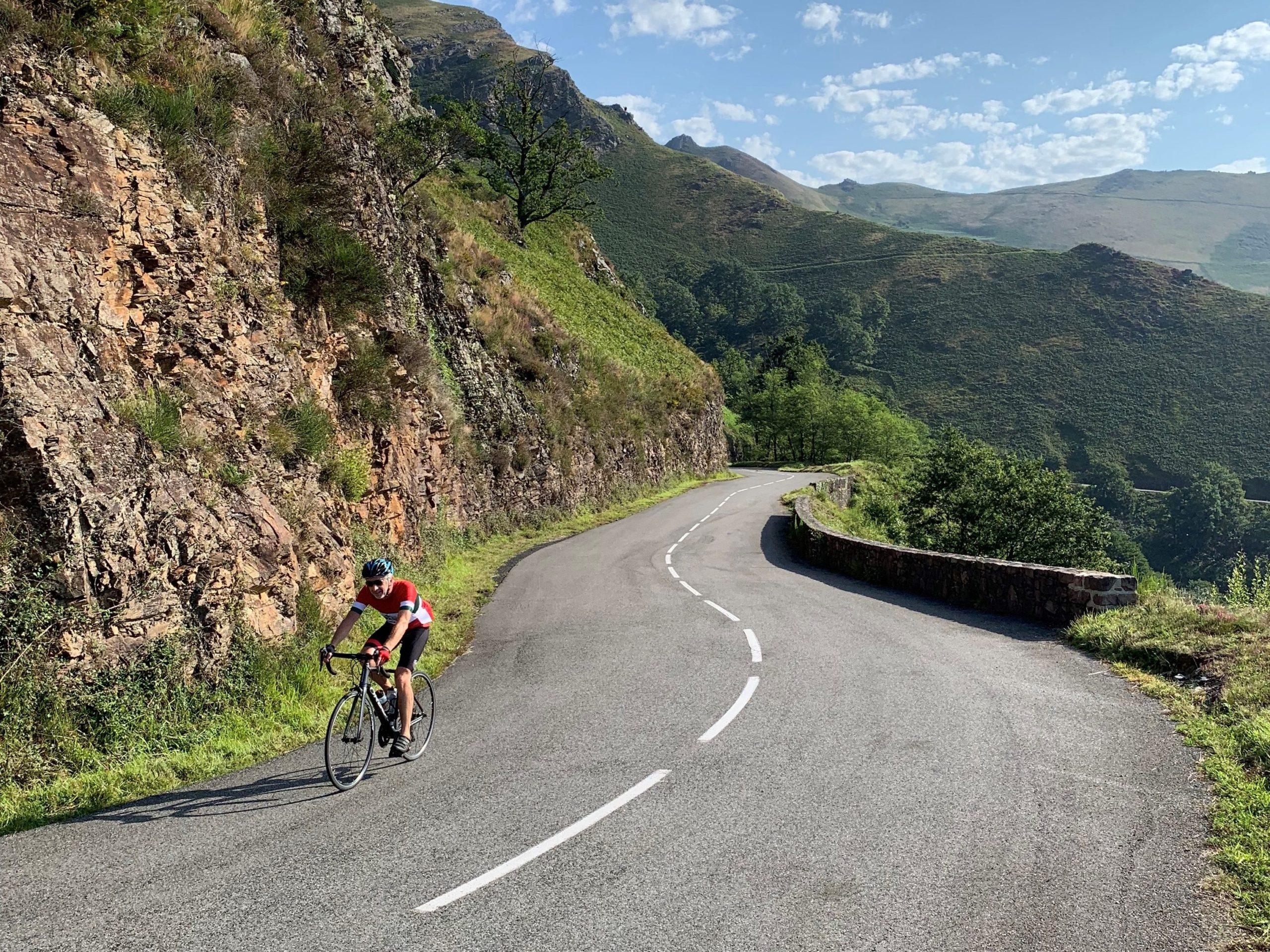Why a training plan works (2/3)
By from Nigel Hale Hunter from BPM Coaching
Annual Recommended Training hours
Firstly, let’s talk about training volumes based on time, not distance.
The number of hours you train per year including off bike forms of exercise above recovery intensity is a fine balance, it is important to look back at where you have come from, how many hours you spend exercising per week and so per year to assess what would be appropriate.
Training or exercise volumes should be increased by no more than 15% year on year. Setting an annual volume that is too high will probably result in some degree of overtraining, at the least, the resulting fatigue will have a negative effect on the quality of your training, reducing the likelihood of you making positive gains. If the training volume is too low, you will lose some degree of your ability to endure and again will not make expected gains from your training. However, a little too low but of a higher quality is better than struggling through an over-ambitious volume, you can always increase the duration, or the intensity with more tempo work, however, if you over train the only cure is rest resulting in a loss of fitness.
If you are not new to cycling but have not kept a record of your training volumes before, as a starting point take a look at last year’s total distance and divide that by your average speed giving you your annual hours. You can then divide that by 52 to give you your average training hours per week.
If you are new to cycling but have been regularly engaged in other sports, think about the number of hours you have been exercising above recovery intensity per week to give you a starting point. It is better to increase the volume gradually if you do not feel fatigued and your other commitments allow than over train to start with.
If you are new to exercising regularly in any form and have been cleared to do so by your doctor or medical advisor start with 300 hours per year which averages at 6 hours per week, again you can always increase gradually if you do not feel fatigued and your other commitments allow.
Remember exercising is only one factor that adds to your overall stress load, work, study, family, and other commitments all play their part, you must find a balance that you and the people you depend upon and who depend upon you can live with, one that fits your life. Consider how much time you can realistically commit to your training without adversely affecting the balance of your life, not to put to finer point on it, decide what and who is important to you and consider their needs, talk to them, and reach a consensus. Again, it is better to start with an achievable volume rather than become frustrated by falling short of the impossible.

Again, as a rough guide, cyclists who are new to training and Under 17’s could look at 250 to 350 hours per year = approximate average 6 hours per week as a starting point. At the other end of the scale, Pro cyclists could be training for 800 to 1200 hours per year as much as 30 hours in a week.
Most of us fall between 8 and 12 hours per week and much can be made of that time, as once the specific mostly anaerobic adaption inducing sessions have been completed most training has more to do with developing endurance. Of course, we are not saying the endurance is not important and that some element, in fact, 70 to 80% of your training time should be devoted to it.
For those that have already developed endurance or to put it another way a strong foundation, built through many years of exercise, it is possible to reduce, if necessary, the total number of training hours by reducing the number of hours spent further developing endurance (exercising in zone 2 and 3) and shifting the focus to intensity, so endurance is maintained with a long fortnightly ride while and a couple of tempo rides weekly. while structured interval training in the higher exercise zones take care of anaerobic element for you.
“Base training cannot be ignored but as already stated if time is limited and you have already developed good endurance, base time can be shortened by spending more time in exercise zone 3.”
However, it is important to remember that all exercise zones both aerobic and anaerobic should be incorporated into your training at the appropriate time for the correct durations for each individual exercise/training zone or intensity. They all play their part in producing the total package by making their own important adaptions or improvements to your body’s various systems. In principle, 70 to 80% of your training should be done in exercise zones 2 & 3 the aerobic intensities with 20-30% in exercise zones 4, 5 and 6 the anaerobic intensities preferably in intervals.
Structured and successful training always includes adequate rest or recovery to allow adaption to take place and testing to monitor progress and reset the exercise zone parameters to induce continued improvement.
Author: Nigel Hale-Hunter





